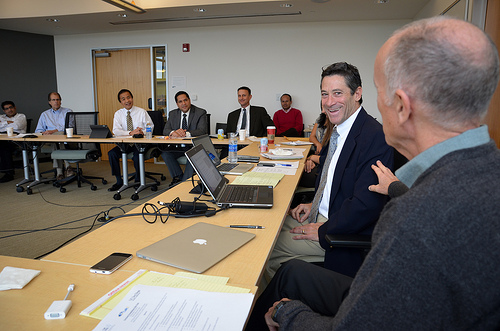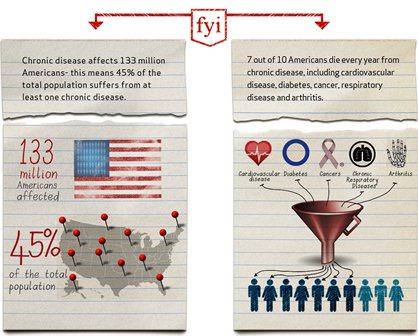UC San Diego and Verizon Team to Improve Tuberculosis Care
Verizon Foundation to provide grant, in-kind technology solutions to scale up novel approach to TB treatment
San Diego, Dec. 5, 2012 -- Calit2’s Center for Wireless and Population Health Systems (CWPHS) at UC San Diego will have a small but important part to play in a UC San Diego School of Medicine project to enhance the care of tuberculosis patients via mobile video technology. The new cell phone-based system will allow health care providers to monitor patients more cheaply and regularly – without forcing patients to show up in person at a health care facility. The project is one of four non-profit partnerships announced Dec. 4 under which the Verizon Foundation is investing nearly $13 million through grants and in-kind technology solutions to improve patient self-management, access and quality for children, women and seniors. Following is the text of the UC San Diego School of Medicine news release:
|
The support from Verizon will allow researchers from the university to more quickly scale-up a mobile phone-based solution that they developed to overcome the high cost and other barriers to monitoring tuberculosis patients throughout their treatment. The approach, called “video directly observed therapy,” or VDOT, is headed by Richard Garfein, PhD, MPH, professor in the Division of Global Public Health, Department of Medicine at UC San Diego.
“Based on the results of a successful pilot study involving patients with tuberculosis in San Diego and Tijuana, Mexico, we plan to scale-up this technology so that tuberculosis care providers elsewhere can use the VDOT system,” said Garfein, adding that the hope is to eventually offer this novel way of monitoring TB treatment to patients across the U.S. and eventually in countries hard-hit by the contagious disease, such as India.
|
“TB can be cured with an antibiotic regimen,” Garfein explained. “But the biggest problem care givers face, especially in developing countries, is making sure patients are compliant with treatment that takes six months or longer to complete.”
Adherence is critical to ensure that the treatment succeeds, and the patient doesn’t relapse or develop a drug-resistant strain of TB. Traditionally, health care providers personally observe patients taking their medication – an approach with many barriers, including high cost, human resources and transportation challenges, particularly in rural areas, and making patients feel patronized.
With VDOT, patients are observed for treatment adherence via videos sent on mobile phones. UC San Diego’s pilot study of 50 patients in San Diego and Tijuana, supported by the National Institutes of Health, resulted in “high adherence and patient satisfaction,” according to Garfein, as well as significant cost and time savings.
|
“Once we scale up the software, we initially plan to demonstrate that it works with 100 patients in two California health departments,” said Garfein. Verizon’s in-kind support will include mobile phones, monthly phone service as well as secure IT storage of this health information, using Enterprise Cloud technology provided by Verizon affiliate Terremark Cloud Computing.
If proven successful, this approach could be a cheap and effective way to assure medication adherence in remote areas of India and other countries, where in-person monitoring is very difficult and labor-intensive.
“We are grateful for Verizon’s support in this critical next stage of development,” Garfein said. “The potential for VDOT to save lives as well as resources domestically and abroad is tremendous.”
Related Links
Verizon News Release
Terremark Enterprise Cloud Services
UC San Diego School of Medicine
CWPHS
Calit2
Media Contacts
Debra Kain, 619-543-6163, ddkain@ucsd.edu



